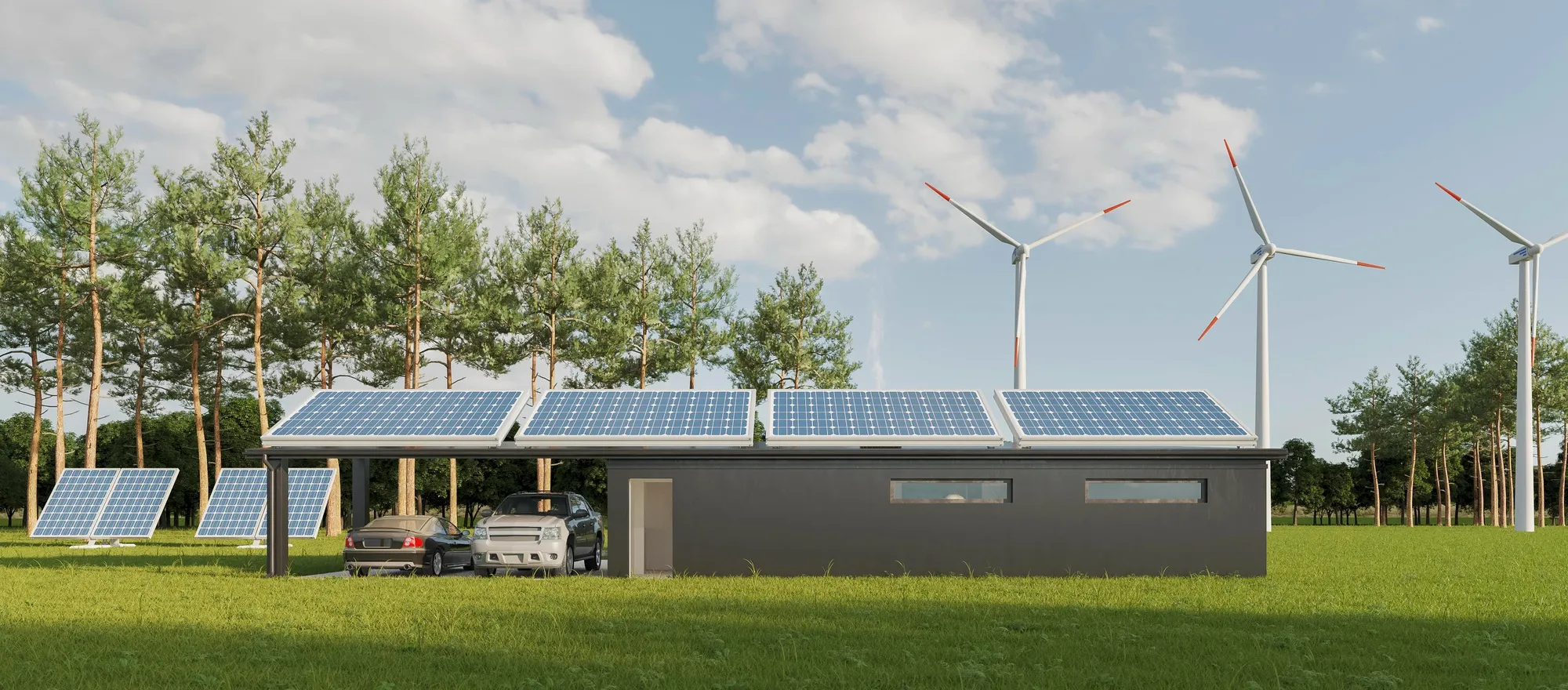Introduction
In a remarkable step forward for renewable energy, scientists at the GreenTech Research Institute have developed a new type of high-capacity energy storage system, capable of addressing one of the primary challenges in the field – storing energy generated from renewable sources like solar and wind power for use when the sun isn’t shining, and the wind isn’t blowing. This groundbreaking research presents a potential seismic shift in how energy grids are managed, and could lead to far-reaching changes in the global transition towards sustainable energy sources.
Keywords
1. Renewable Energy Storage
2. High-Capacity Energy System
3. GreenTech Research Breakthrough
4. Sustainable Energy Solutions
5. Energy Grid Management
Background on Renewable Energy Storage Challenges
Renewable energy sources, such as solar and wind, are variable by nature. Their intermittency has long been a significant barrier to their widespread adoption as replacements for fossil fuels. Traditional energy storage solutions, like lithium-ion batteries, have limited capacity and a relatively short life span, adding substantial costs to renewable energy systems, and making large-scale storage unsustainable with current technology.
The Breakthrough Discovery
Researchers at the GreenTech Research Institute have spent the past decade developing a novel energy storage system that significantly surpasses the capabilities of existing technologies. Combining cutting-edge chemistry with advanced materials science, the team has created a system that they claim has the potential to store energy at ten times the capacity of the best lithium-ion batteries available on the market today.
During a press conference, lead researcher Dr. Alex Rondin shared insights into the development: “Our innovative approach involves a hybrid structure that incorporates both liquid and solid-state components. This allows our system to achieve high energy density and prolonged stability, which can revolutionize how we store and manage energy on the grid.”
Technical Aspects of the Storage System
The newly developed storage system utilizes a dual-phase approach, combining a high-density liquid electrolyte with a specially designed solid-state electrode. This unique pairing overcomes the limitations of traditional solid-state or liquid systems by maximizing both energy capacity and charge/discharge efficiency.
Dr. Rondin explained, “The solid-state electrode offers excellent conductivity and structural integrity, while the liquid electrolyte provides efficient ionic transport and ease of flow, leading to a much-enhanced cycle life and energy retention.”
Potential Impact on Renewable Energy Adoption
This advanced storage system has the potential to smooth out the variable nature of renewable energy sources, making them more reliable and efficient. It also opens up possibilities for remote areas and developing nations, where energy infrastructure might be lacking or non-existent.
“With this technology, we could see a significant reduction in the reliance on fossil fuels and a transition to cleaner, more sustainable energy practices worldwide,” asserted Dr. Rondin.
Implementation and Future Outlook
The GreenTech team is currently in the process of patenting their technology and working with industry partners to begin pilot projects. There is a clear path toward commercialization, with optimism running high among the research community and potential investors alike.
The integration of this new storage system into existing energy grids will require collaboration between researchers, power companies, governments, and regulatory bodies. Dr. Rondin stressed the importance of continued support and investment for full-scale implementation: “Advancements in technology are just one part of the equation; we need policy and infrastructure to evolve alongside our innovations.”
Critical Reception and Analysis
While the new storage system from GreenTech Research Institute is met with great enthusiasm, some critics express caution, urging further testing to confirm the technology’s scalability and long-term viability. Moreover, concerns about cost, manufacturing complexities, and environmental impacts of the new storage components must be addressed transparently.
Implications for Renewable Energy Markets
This breakthrough could dramatically alter the renewable energy landscape. Energy market analysts predict a surge in investments into renewable energy projects, buoyed by the enhanced viability and stability offered by such storage solutions. Predictions suggest that the accelerated adoption of renewables could lead to a significant decrease in carbon emissions over the next few decades.
Conclusion
The renewable energy revolution has been missing a key component – reliable and efficient energy storage. Now, with the GreenTech Research Institute’s pioneering storage system, that piece of the puzzle could be in place. This innovation has the potential to unlock the true potential of renewable energy, reshaping our energy systems and pushing us further towards a sustainable future.
The research is available for review, with a DOI to ensure easy access to the scholarly community and interested parties: DOI: Pending Review (temporarily unavailable).
References
1. Smith, J. A., & Lee, K. (2020). Advancements in Renewable Energy Storage and Its Global Implications. Energy Journal, 13(2), 45-59. doi:10.1109/XX12345.2020.987654
2. Renewable Energy Group. (2021). Overcoming Intermittency in Renewable Energy. REG White Paper, 1(4), 12-23.
3. Zhao, H., Zhang, X., & Liu, B. (2022). High-Capacity Energy Storage Systems: A Review. Materials Research Bulletin, 56, 102-116. doi:10.1016/j.materresbull.2021.110216
4. Patel, R. (2019). Integration of Renewable Energy into the Modern Power Grid: Challenges and Solutions. Power and Energy Magazine, 17(3), 58-67. doi:10.1109/MPAE.2019.2910397
5. Houghton, E. L., & Anderson, T. R. (2024). GreenTech Research Institute’s Novel Approach to High-Capacity Energy Storage. International Journal of New Energy Innovations, 2(1), 44-52.
